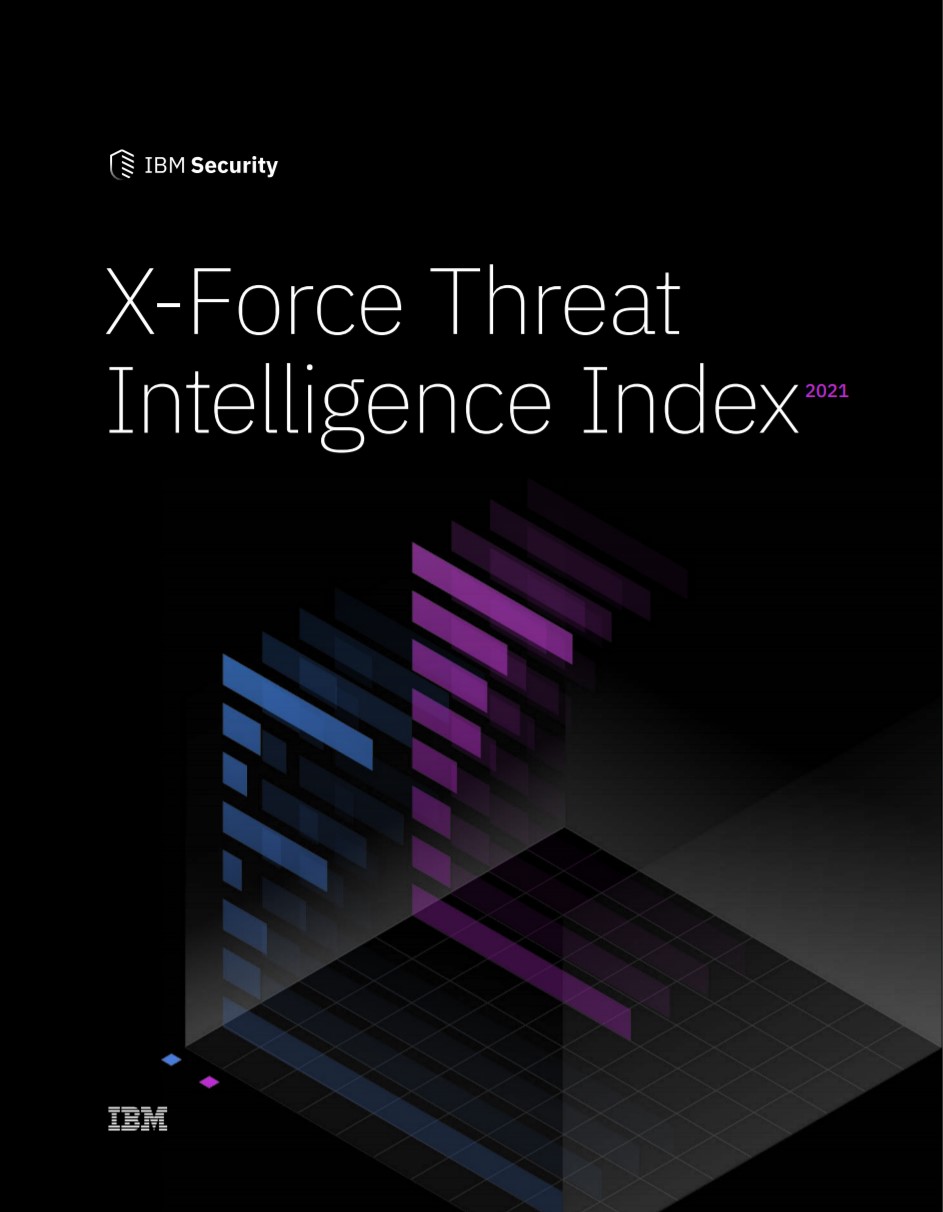IoT attacks have increased by 200% in two years
Audio-visual and home automation devices are most at risk, says Zscaler report


Attacks on internet of things (IoT) devices have ramped up 700% in two years, according to a study from security company Zscaler.
In its IoT in the Enterprise: Empty Office Edition report published today, the company revealed the characteristics of IoT devices that it fingerprinted across its network of protected assets.
During the two-week study period last December, the company also analyzed traffic coming from these machines to assess how much of it was malicious and what it did.
Zscaler blocked roughly 300,000 malware-related IoT transactions in those two weeks. This was a seven-fold increase in the malicious traffic it found during the 2019 study.
The company also found 900 unique payload deliveries to 18,000 unique hosts. Almost all those unique payloads (97%) belonged to the Gafgyt (63.1%) and Mirai (34.1%) botnets. However, the frequency of attacks was inverted; Mirai payloads accounted for 76% of attacks while Gafgyt payloads made up just 5% of attacks.
CCTVs and digital video recorders were among the units most likely to phone home to a botnet's command and control server. The report found devices in this category from over 70 vendors infected by malware. Routers were also commonly infected in the study.
RELATED RESOURCE

X-Force Threat Intelligence Index
Top security threats and recommendations for resilience
The report called out devices from Linksys and D-Link, the latter of which settled with the FTC in 2019 for allegedly failing to include adequate security measures in its IoT products.
Sign up today and you will receive a free copy of our Future Focus 2025 report - the leading guidance on AI, cybersecurity and other IT challenges as per 700+ senior executives
Even today, most IoT devices transmit data in the clear, with only 24% using encryption. While still unacceptably high, it's up from the 17% in the company's 2020 report. That’s also a threefold improvement on the 2019 study, which found only 8.5% of devices transmitting data in the clear.
Encryption was unevenly distributed across verticals, with devices in the health care sector using SSL roughly half the time. Conversely, only 2.7% of enterprise devices used SSL to encrypt communications.
Entertainment and home automation devices, including virtual assistants, represented the biggest attack risk, according to Zscaler. The report said that this risk stems from their relatively infrequent encryption use and tendency to phone home to suspicious destinations. It's also because there are so many of these devices. Of the 553 device types found, almost one in three found were set-top boxes. One in five were smart TVs.
Danny Bradbury has been a print journalist specialising in technology since 1989 and a freelance writer since 1994. He has written for national publications on both sides of the Atlantic and has won awards for his investigative cybersecurity journalism work and his arts and culture writing.
Danny writes about many different technology issues for audiences ranging from consumers through to software developers and CIOs. He also ghostwrites articles for many C-suite business executives in the technology sector and has worked as a presenter for multiple webinars and podcasts.
-
 Google is scrapping its dark web report feature
Google is scrapping its dark web report featureNews Google said while the dark web report feature offered “general information”, the tool didn’t provide “helpful next steps” for users potentially impacted by a breach.
-
 AI means you're probably going to need bigger developer teams
AI means you're probably going to need bigger developer teamsAnalysis Software developers may be forgiven for worrying about their jobs in 2025, but the end result of AI adoption will probably be larger teams, not an onslaught of job cuts.
